The Apple Watch Series 9 has been available for over three months, now with Double Tap and on-device Siri, but our day-to-day use hasn't changed much since moving from Apple Watch Series 8.
The primary selling point of the Apple Watch Series 9 was the S9 SiP and what it enabled. Our initial Apple Watch Series 9 review wasn't able to test the chipset as nothing was utilizing it fully at launch.
Quality of life updates make the Apple Watch Series 9 a worthwhile update, but now that we've used all the new features, it's not quite what we expected. Apple Watch Series 7 and newer owners really shouldn't bother with an upgrade unless necessary.
The brighter display, faster processor, and updates from watchOS 10 add up to a well-rounded device, but there isn't a standout feature. Apple Watch has been in a bit of an update rut since the Apple Watch Series 7, and the 2023 model didn't quite get it out of that rut.
Rumors point to a "Series X" style redesign in 2024 similar to the iPhone X. However, until that product is announced in September, the Apple Watch Series 9 is the one to buy — if you're in the market for a non-Ultra product.
Apple Watch Series 9 review: Design and durability
First and foremost, this is an Apple Watch. It comes in 41 mm or 45 mm sizes, aluminum or stainless steel finishes, and has an always-on Retina LTPO OLED display.
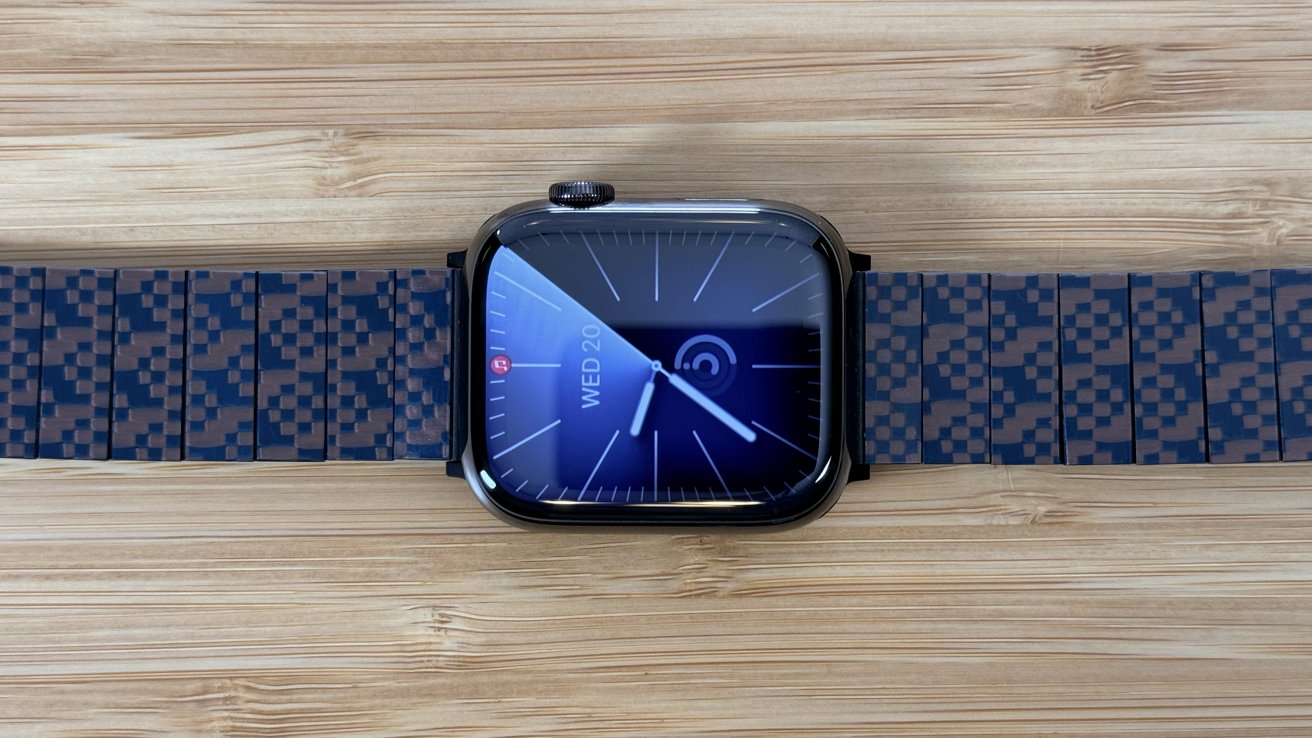 Apple Watch Series 9 review three months later: Sapphire glass is used for the stainless steel models
Apple Watch Series 9 review three months later: Sapphire glass is used for the stainless steel modelsThe display is made from sapphire for stainless steel models, while the display is Ion-X for aluminum models. All models have ceramic backs covering the health sensors.
Health and fitness sensors didn't get any updates for the Apple Watch Series 9. It has a third-generation heart rate sensor, blood oxygen sensor, skin temperature sensor, ECG, altimeter, and accelerometer.
Anyone who owns an Apple Watch Series 4 or later won't be surprised by this model. It has a brighter 2,000 nit display and faster chipset, but otherwise, it's still a device running watchOS.
Our stainless steel model doesn't show any signs of wear. The graphite color coating is perfectly intact, and the display doesn't have a scratch on it yet.
We don't baby Apple Watches and live a relatively active lifestyle. It's been worn on hikes, bike rides, in the rain, while swimming, and has even been dropped a few times — without issue.
The brighter display is welcome but not game-changing. We won't focus on the other device specs in this review as they haven't affected our device usage.
It connects over Bluetooth 5.3, can access networks using Wi-Fi 4, and has a second-generation Ultra Wideband chip. Access to cellular data has proven useful, as always, when separated from our iPhone.
The new Ultra Wideband chip has come in handy when searching for our iPhone that we've set down just out of sight. Our HomePods aren't exactly placed where we can tap them easily, so that isn't a feature we've used.
Apple Watch Series 9 review: S9 in day-to-day use
Apple announced the S9 SiP was the first CPU upgrade since the S6 SiP. The CPU has 60% more transistors, the GPU is 30% faster, and the four-core Neural Engine can process data at twice the rate of previous models.
We weren't exactly hurting for more processing power in an Apple Watch, but the upgraded core processor does offer some benefits. Features like Double Tap and on-device Siri wouldn't exist without the S9 SiP.
The Apple Watch Series 8 we replaced wasn't slowing down or running into barriers running new apps. Every operation is just as fast and fluid on the new model as on the older one.
Battery life wasn't affected either. We're still putting the Apple Watch on a fast charger for half an hour every day at bedtime to top it off, but it doesn't require more than that.
To be perfectly clear, our Apple Watch experience is mostly unchanged from the 2022 model to the 2023 model. However, we have access to some new features thanks to the S9 SiP.
Apple Watch Series 9 review: using Double Tap
When Apple announced the Apple Watch Series 9, we were ready to pass on this generation until Double Tap was revealed. That feature pushed us over the edge to upgrade.
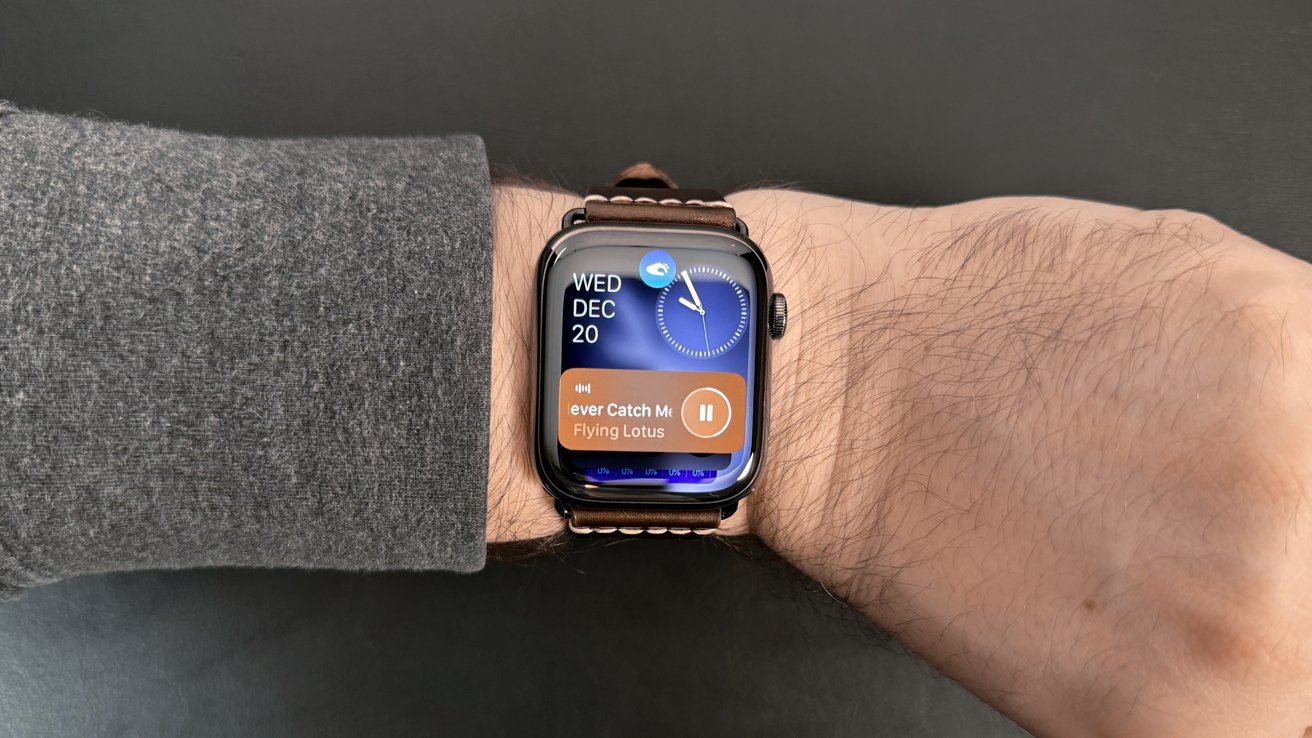 Apple Watch Series 9 review three months later: Double Tap can scroll widgets or control buttons within Apple apps
Apple Watch Series 9 review three months later: Double Tap can scroll widgets or control buttons within Apple appsTo answer the question at the top if it was worth the upgrade, it depends. If you can work Double Tap into your use case, it's an excellent addition, but otherwise, it'll go by completely unnoticed.
So, for some, using an Apple Watch Series 7 versus an Apple Watch Series 9 may prove indistinguishable for the most part. The most significant difference will be in the long term, as the Series 9 will inevitably get watchOS updates longer.
We've been using Double Tap since watchOS 10.1 launched, and it's certainly interesting. Let's cover what works and where it needs to go.
An accessibility win
If you're asking who Double Tap is for, there are a few valid answers. First, it's an incredible accessibility feature — and has been for a while.
Take a moment and realize that not everyone using an Apple Watch has two arms or two hands. Gaining a whole new interaction option by tapping fingers is an incredible accessibility win, but not for everyone.
For some, Double Tap will be too specific a feature that requires fine motor controls. Thankfully, Assistive Touch still exists and offers many more control options.
If all else fails, the Apple Watch is mostly navigable with Siri. By combining app launching with Siri and Double Tap to toggle controls, users can get a lot done with only one hand at the ready.
Double Tap is not quite there
Outside of accessibility, Double Tap seems to be falling short. We'd love to see dynamic control options using taps, but for now, it can either select or scroll.
What's worse is that Double Tap only works in Apple apps. There isn't an API for Double Tap, at least not yet, and the UI will just shake if it can't find an action to take.
Double Tap also only activates if the Apple Watch is active, meaning it is raised and awake. Performing the Double Tap gesture with your arm at your side does nothing.
Also, Double Tap isn't available in the Sleep Focus or with Low Power Mode on. It seems interesting that the feature is disabled in Sleep Focus when the reveal trailer showed someone silencing an alarm — a time when Sleep Focus would be active.
We're not discounting Double Tap yet. It has come in handy a few times since it became available. For example, we could play/pause audio in the grocery store while carrying a basket in our other hand, or we could control audio while riding our bike.
It's an odd gesture that you have to remember exists. It doesn't have much utility, and it takes practice to get right. We believe Apple can refine it into a useful tool for the Apple Watch.
Apple Watch Series 9 review: on-device Siri has a learning curve
Apple has a Siri problem, and it mostly concerns users understanding what it is actually for. Throwing random commands and queries at Siri, especially on Apple Watch, likely won't yield the expected results.
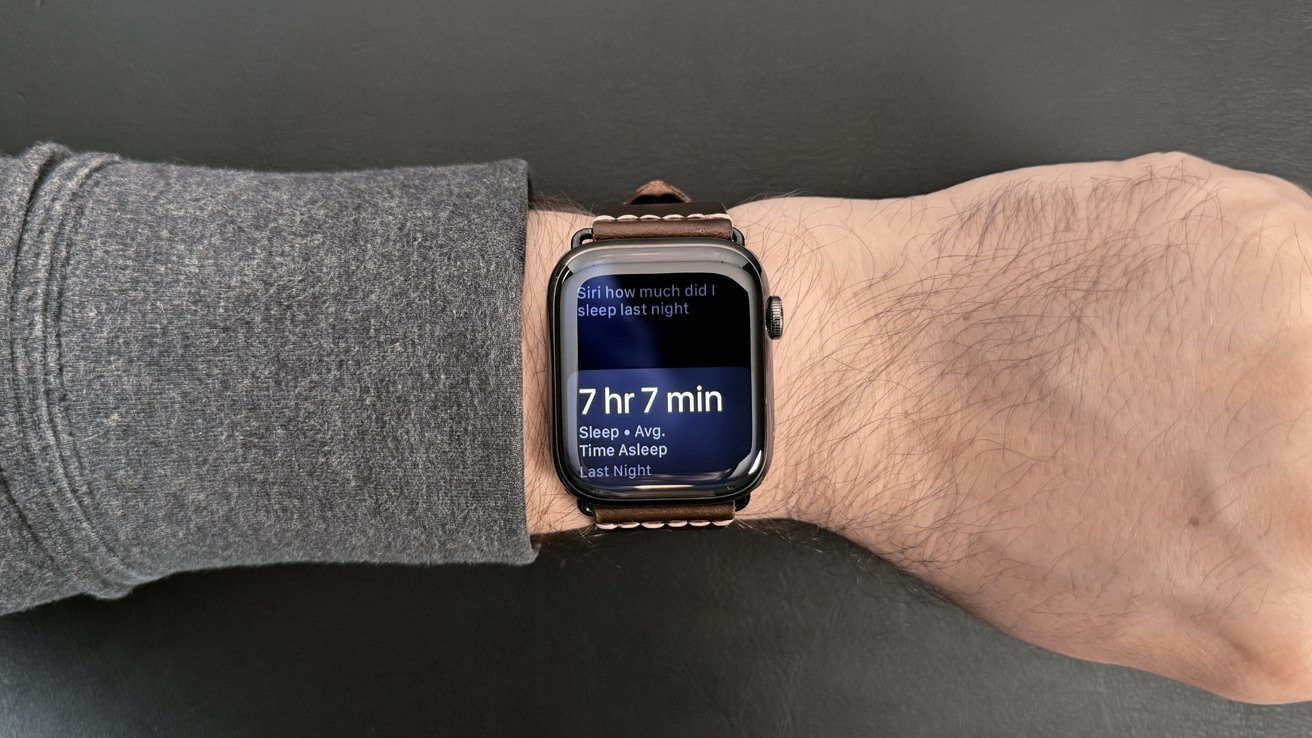 Apple Watch Series 9 review three months later - On-device Siri is an unknown entity unless dealing with Health
Apple Watch Series 9 review three months later - On-device Siri is an unknown entity unless dealing with HealthWe've got a guide on what Siri is good for and what to ask it, so we won't rehash that here. However, we are noting that the Apple Watch Siri amplifies the problem.
The Apple Watch Series 9 has a faster Neural Engine that enables on-device processing of basic Siri requests. There isn't much guidance on what "basic" entails beyond if it needs to pull results from Safari, then it's no longer on-device.
Asking Siri to perform HomeKit actions, send messages, or control playback should all be processed locally. Because of the speed of the on-device processing, Apple is confident enough to allow logging data directly to the Health app.
Knowing what can be logged or recalled from the Health app is a guessing game. There are a few examples on Apple's website, but no direct resource for understanding what, where, and when.
For example, you can ask on-device Siri how many hours you slept or how far you are from closing a ring. You can say how much you weigh but can't say that you've drank a glass of water.
Health requests are all performed on-device — so that much is intelligible. However, there isn't any indication of what isn't performed locally until it's evident that the request was relayed through your iPhone to the internet.
Apple seemingly hates explaining things, even though it has a dedicated Tips app. On-device Siri is an excellent privacy-focused feature, but users can't care if they don't know when it is being used.
We're happy Siri users despite these complaints. The assistant is enabled on our devices, and we utilize multiple HomePods. That doesn't mean there isn't room to improve, which rumor has it Siri is up for a significant upgrade in iOS 18.
Apple Watch Series 9 review: rethinking update frequency
Every year, Apple comes out with a new iPhone and Apple Watch, and every year, we find ourselves at the front of the line buying one of each. Admittedly, we really should have adopted an every-other-year update cycle for Apple Watch, and Apple Watch Series 9 has cemented that.
The Apple Watch Series 8 held almost zero notable upgrades, at least not for the male author of this article. Temperature sensing and retrospective ovulation detection are truly remarkable features for people who ovulate.
That said, we should have skipped the Apple Watch Series 8. As an Apple fan, we wouldn't have held onto the Apple Watch Series 7 this time if only to get the brighter display and S9 SiP, but most won't bother.
Those still on an Apple Watch Series 6 and earlier looking for an opportune moment to upgrade — now's the time. Sure, there are rumors of a redesigned Apple Watch Series X coming in 2024, but don't wait because of a rumor.
You'll likely want the second iteration of that model in 2025, anyway.
The Apple Watch to buy, unless you want Ultra
Apple hasn't released an Apple Watch with a must-have update since the display got bigger with Apple Watch Series 7. Features have remained mostly stagnant, and casual users likely won't take advantage of what's new as it isn't easily discoverable.
However, on-device processing is improving, bringing with it new features and more user privacy. That and minor hardware upgrades like a brighter display make the purchase worth it.
First-timers coming to Apple Watch should buy the newest available in the series lineup unless they are specifically seeking Ultra or SE models. They know who they are.
For everyone else who wants a new device, the Apple Watch Series 9 is the best option (when it isn't banned). The latest model will have the longest life in terms of updates and battery health — the exclusive features are just a bonus.
After three months of use, these factors have become more solidified. We stand by our previous score and recommend existing Apple Watch Series 7 and newer owners wait for the 2024 models if possible.
Apple Watch Series 9 review — Pros
- S9 SiP is finally faster
- Double Tap comes in handy
- All-day battery and fast charging still meet our needs
Apple Watch Series 9 review — Cons
- New features are easily missable
- No way of knowing when Siri is on-device
- Double Tap needs work, requires practice
- Same design, same colors
Rating: 4 out of 5
As we stated in the original review, the Apple Watch Series 9 updates improve everyday use and may have warranted a higher score thanks to missing features at launch. Those features, Double Tap and on-device Siri, don't make a big enough impact to change the score.
Double Tap has potential with future updates, and on-device Siri with Health will get better, but today's iterations aren't amazing yet. Most people buying this device won't even know the features exist.
Where to buy the Apple Watch Series 9
The Apple Watch Series 9 starts at $399, but it's currently on sale at Amazon and Best Buy. Shop the lowest prices in the AppleInsider Apple Watch Series 9 Price Guide.
You can also find a roundup of the best Apple Watch deals across the entire product line, including the SE 2 and Ultra 2.
 Wesley Hilliard
Wesley Hilliard
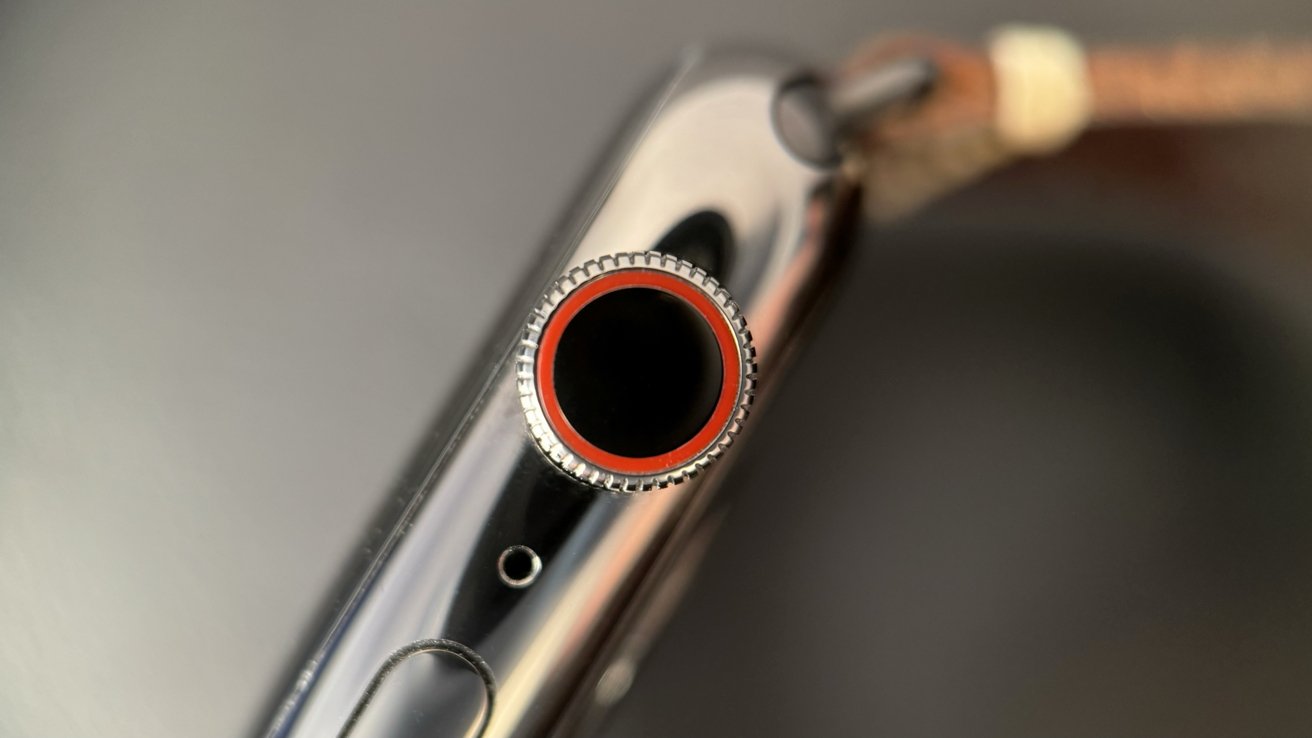
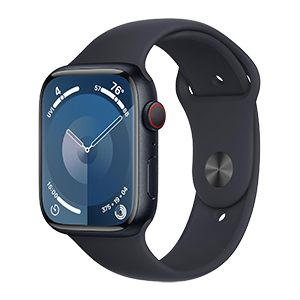

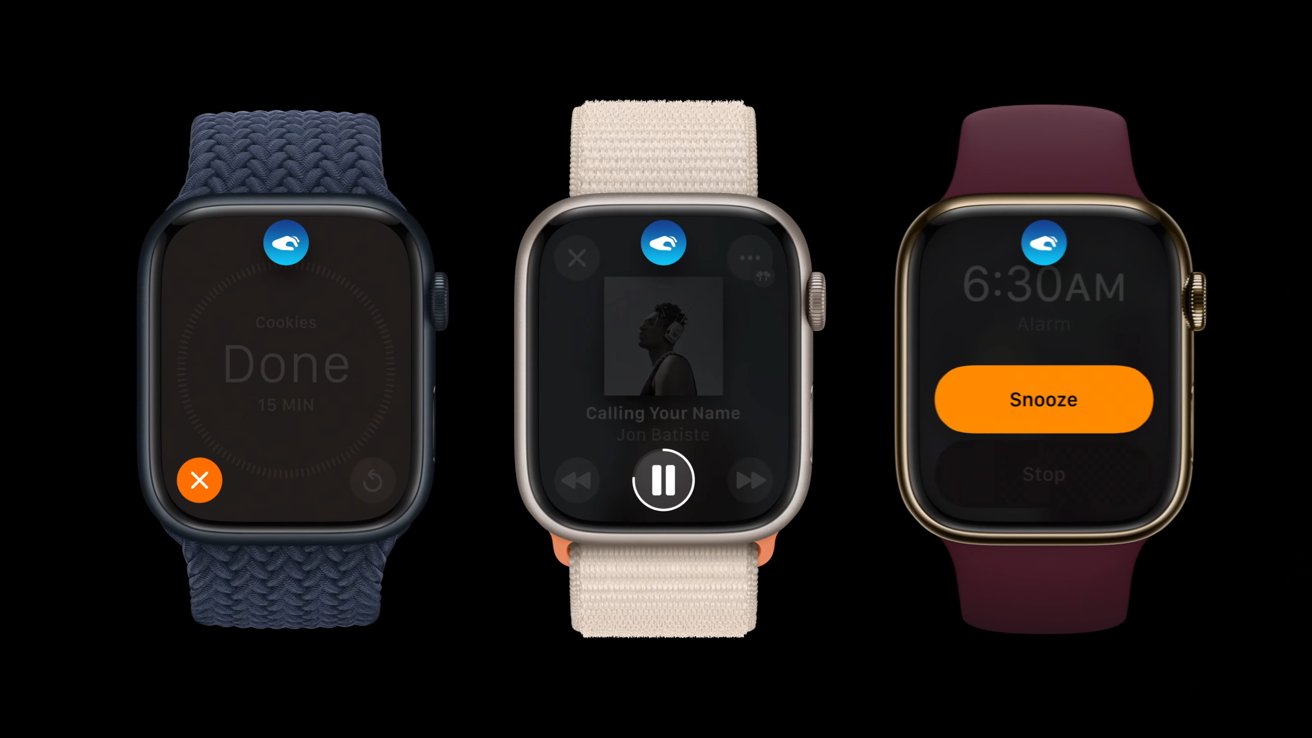

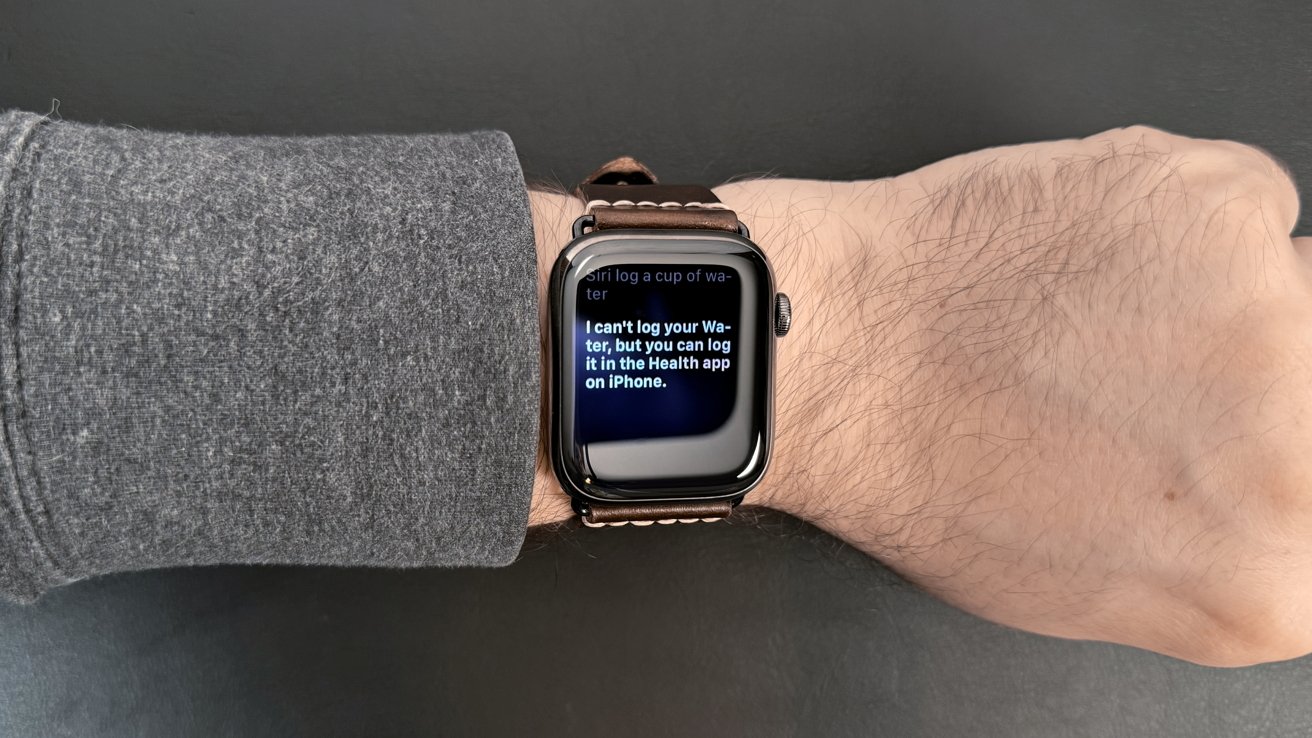
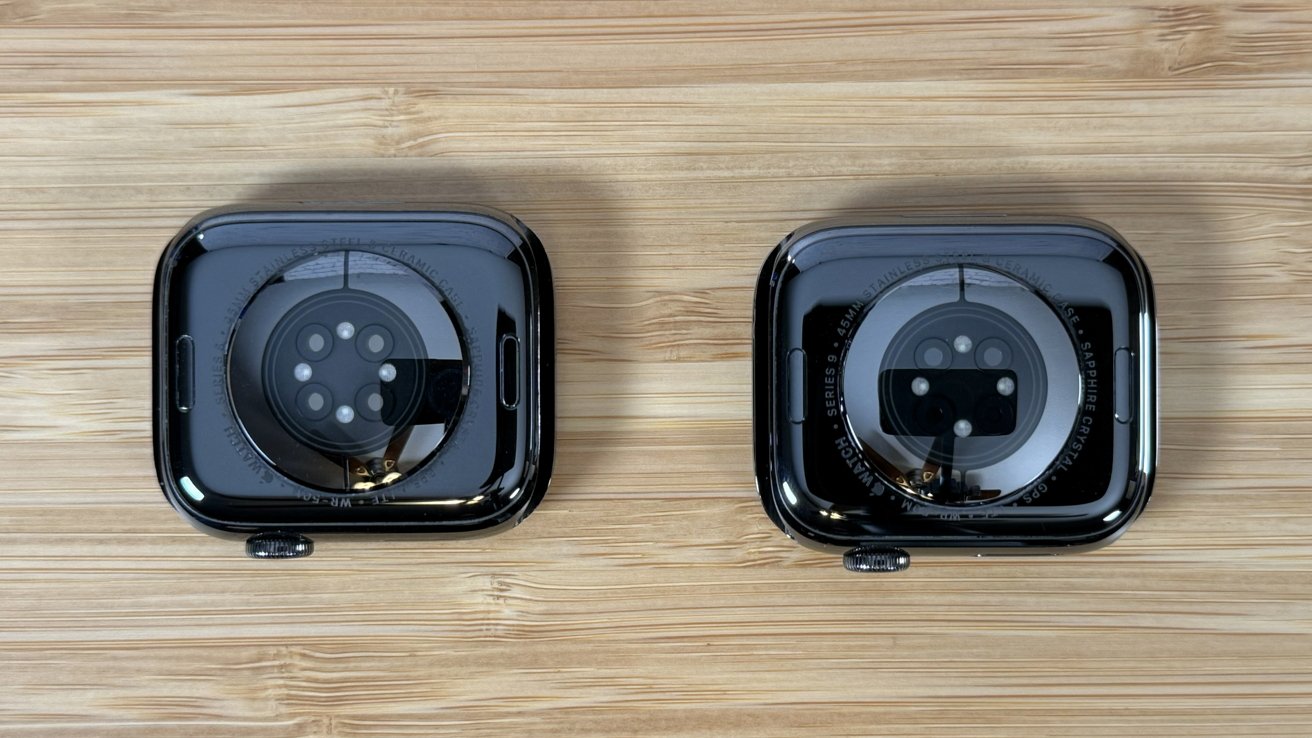








-m.jpg)






 Christine McKee
Christine McKee
 Marko Zivkovic
Marko Zivkovic
 Mike Wuerthele
Mike Wuerthele

 Amber Neely
Amber Neely
 Sponsored Content
Sponsored Content











14 Comments
So the Stainless Steel model is the one to get if you don’t want scratches on the casing or display? I’ve heard the Aluminum versions glass is softer and scratch prone.
I guess the rating could be 5. Series 8 was fantastic and series 9 is even better. True, you don't need it if you have a recent version of Watch, but that should still make it a 5.
One reason for buying series 9 is the compatibility with current bands. Apple changed the black color from series 5 to 6. Could be that series 9 is the last to support the currenty bands. If you're happy with your bands then get series 9 now while it is fresh.
I picked up my Series 9 before 10.1/17.1 software was released. At that time, used double tap to dismiss notifications, one at a time, that popped up on my watch. That took what was always a two-handed operation, to a single hand trick. Glance at my watch, and tap through the notifications, dismissing each, one at a time. Really handy when my opposite arm was tied up!
But that all went away with 10.1, the feature that presumably brings all of the gestures to life. I have been unable to set up that Acknowledge and Dismiss feature since!
What’s the RAM and storage capacity between a Series 4, Series 8 and Series 9 and the Ultras?
Have gotten Series 9 for every elderly member of the family. Slowly but surely everyone has iPhones and Apple Watches and HomePods and hand me down Apple TVs.
The screen is very good for people with eyesight issues and also the sense of assurance and safety that they feel that the Watch has their back, should they fall or be in an accident. Overall also the heart health features, oxygen tracking etc give a sense of comfort albeit with the knowledge the features are not perfect. They also find using Siri on the Watch very freeing. Also they feel cool wearing it.
Series 9 is an absolute slam dunk as a gift for loved ones. If only Apple knows how much comfort and coolness it gives people who feel a bit more vulnerable.